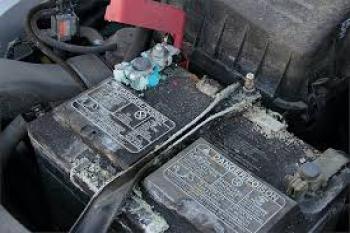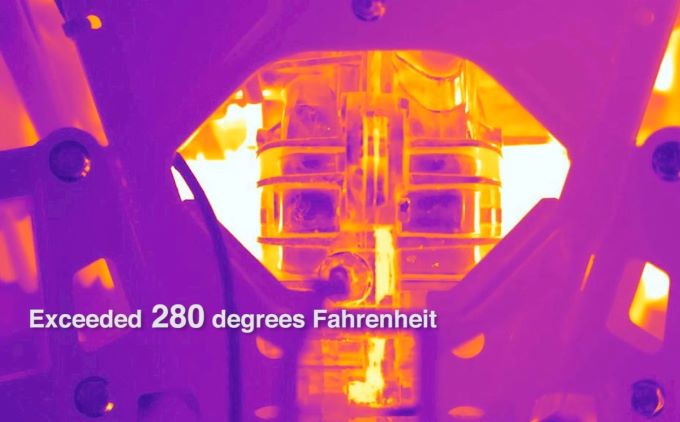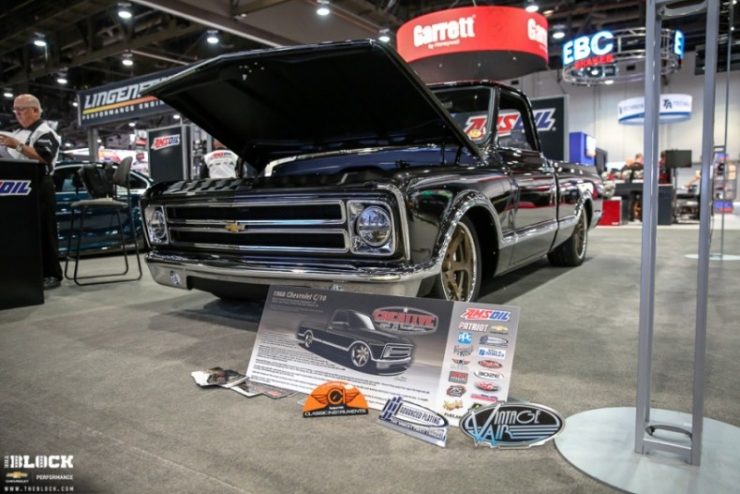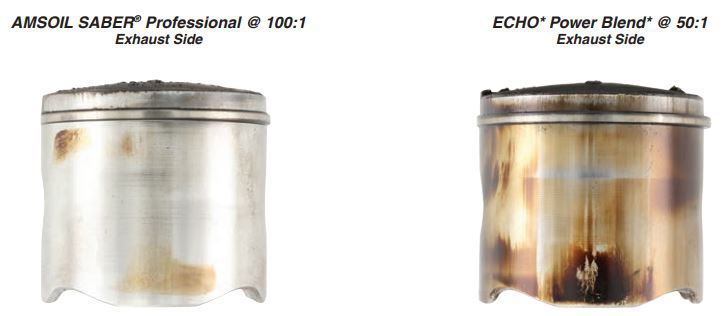How to Clean and Prevent Battery Terminal Corrosion
We’ve all been there before. You turn the key on your car and…nothing. Not even the tell-tale clicking sound of the starter solenoid.
Your first reaction is to pound the steering wheel and curse the darkness. But it should probably be to grab a battery terminal cleaning brush and pop the hood. In many cases, cleaning the white, flaky deposits from the battery terminals is all you need to restore the flow of electricity and summon your car back to life.
 What is that flaky powdery stuff, anyway?
What is that flaky powdery stuff, anyway?
A battery is just one big chemical reaction, and the white, scaly deposits on the posts are simply one of the byproducts. A typical car battery is made up of individual cells, with each housing alternating plates of lead and lead coated with lead dioxide submerged in a sulfuric acid solution. This causes a chemical reaction that releases electrons, providing the juice that spins the starter motor, powers the radio and keeps the lights on, among other functions.
Sometimes, especially on cheap batteries, the seal around the post allows sulfate in the battery to escape and react with lead in the post, producing white, flaky deposits. If bad enough, they’ll interfere with the battery connections and prevent the flow of electricity, leaving you stranded.
How to clean battery-terminal deposits
Fortunately, this is one of the easiest areas of your vehicle to maintain. Just make sure to wear safety glasses and protective gloves since sulfuric acid can be dangerous.
Water and baking soda is a tried-and-true cleaning method. Mix them to create a concoction the consistency of pancake batter and smear it on the terminals. The mixture will slowly eat away the deposits. Although it works, it’s a mess. I remember my dad performing this trick on my sister’s Ford Pinto back in the 1980s. Incidentally, my dad rarely swore, but my vocabulary expanded a little every time he had to work on that “rolling piece of…”.
I’ll let your imagination fill in the blanks.
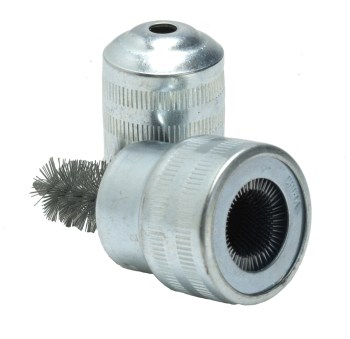
How to prevent corrosion
I like preventing battery-terminal deposits even better than cleaning them. Battery-terminal grease can be applied to the terminals to help prevent corrosion. It’s available at any auto parts store and usually comes in a little ketchup-like packet.
Another great option is AMSOIL Heavy-Duty Metal Protector. It creates a protective coating on terminals that wards off corrosion. Plus, you can use it as vehicle undercoating to guard against rust.
Whatever your method, pop the hood periodically and give the battery terminals a good cleaning. Living where sub-zero cold is common, I clean my battery terminals every fall regardless how they look to ensure I’m not met with that a dead engine when I turn the key on a cold morning.


